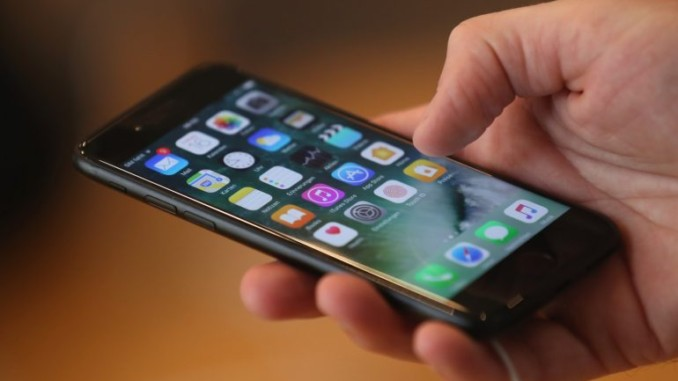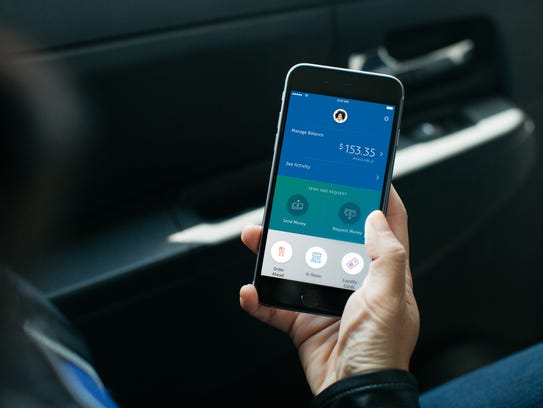
Thanks to our smartphones, there’s no longer a need to put that drink purchase from a friend on an imaginary tab, or give them an IOU.
Mobile payment apps are making it a lot easier to give our friends or family cash, whether it’s to split a restaurant bill, offer a gift, or settle a bet.
In July, research firm eMarketer projected more than 91 million people will use these services by 2019, up from 31.4 million in 2015. Meanwhile, the value of transactions processed via mobile payment apps will surge from more than $46 billion in 2015 to more than $187 billion in two years.
Look no further than app rankings, where the top three listed in the Finance section of Apple’s App Store as of Monday are for mobile payments.
The apps work in a similar fashion: you connect the service to your bank account, and it will deduct or add money as you pay friends or receive payments. You can send payments using the recipient’s name, phone number, email or username. It also offers easy ways to split bills, such as if you’re eating out with a group of friends.
Here’s a look at some of the more popular apps for paying your friends, all available on iOS and Android:
Venmo
Launched in 2009, Venmo is one of the pioneers in the peer-to-peer payment market. And it’s become popular enough that people use the term like a verb (“I need to Venmo some money”). You can either set up a Venmo balance on the app, or connect your credit or debit account.
A big reason for its popularity is that it’s social, allowing users to check out their friends’ activities, or send fun messages or emojis with their payments. Users can add friends or family through contacts, Facebook friends, or a recently introduced scannable QR code.
Are there any fees? It’s free if you pay with your balance, bank account, debit card or a prepaid card. If you use a credit card, there’s a 3% fee.
PayPal

PayPal acquired Venmo in 2013 as part of its $800 million deal for parent company Braintree. The company says they host a combined 210 million active customer accounts between PayPal, Venmo and other services.
PayPal, which spun off from eBay in 2015, works similarly to Venmo, but offers a less social experience. It allows users to transfer cash by email or phone number. Users can also track activity within the app, from cash transfers to online purchases or monthly bills automatically deducted from PayPal. One major plus for PayPal: you can send or receive money in 25 different currencies.
Are there any fees? Sending money through a linked bank account or PayPal balance is free. Using a PayPal credit, debit card or credit card nets a 2.9% fee.
Zelle
A screenshot of Zelle used in the Bank of America app. (Photo: Early Warning)
The service run by risk management firm Early Warning partners with several leading banks including Bank of America, Capital One and Wells Fargo to offer the option to directly pay friends or family. All users need is their bank’s app to send and receive money.
Zelle will launch a standalone app later this year. Like other apps, sending and receiving payments typically happens within minutes. Debit cards or checking and savings accounts can be used, but not credit cards. For those users reluctant to offer their banking info to a third-party app, Zelle is a solid alternative.
Are there any fees? Banks associated with Zelle say there are no fees.
Square Cash
Most users know Square as the service businesses use to process transactions. But they have their own person-to-person payments app that includes an interesting perk: a Visa debit card containing your Square Cash balance used for physical purchases. There’s also the option to instantly deposit money from your Cash account to your bank.
Are there any fees? Payments sent by credit card incur a 3% fee. Also, Instant Deposits include a 1% fee. A standard deposit is free.